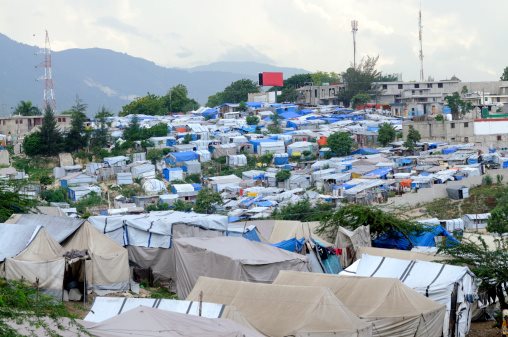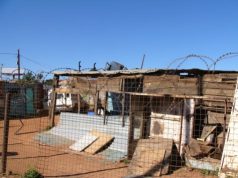
Laotian Refugees: Their Story and Struggles
Introduction:
Laos is a landlocked country in Southeast Asia that suffered much during the Vietnam War. In the 1960s and 1970s, Laotians found themselves caught in the middle of the war, leading to violent conflicts, bombings, and displacement. This led to thousands of Laotians seeking refuge in other countries like the United States. This article aims to discuss the story and struggles of Laotian refugees who fled their country for a better life.
The Laotian Refugees’ Story:
As a result of the Vietnam War, the communist Pathet Lao took over the government of Laos, creating a communist regime. This led to civil war, intra-party fighting, and coups, leading to more political instability and forcing thousands of Laotians to flee their country. Most of them traveled on foot, through the dense jungles, crossing rivers, and bordering countries to seek refuge in Thailand.
In 1973, the US government began evacuating Laotian refugees from Thailand and resettling them in the United States. The refugees experienced severe trauma, having been separated from their families, lost loved ones, and witnessed violence. As a result, many refugees needed medical support, mental health assistance, and cultural orientation before they could settle and rebuild their lives.
Struggles of Laotian Refugees:
Laotian refugees experienced a range of struggles after leaving their country and seeking refuge in foreign lands. These include:
1. Cultural Barrier:
Upon arrival in the US, Laotian refugees faced communication challenges as they could not speak English. Additionally, they found the American culture foreign, making it difficult to adapt and integrate.
2. Education:
Laotian refugees experienced educational barriers, with most of them having little to no formal education at all. This led to a lack of skills and training needed to get jobs in the US.
3. Employment:
Laotian refugees faced significant challenges in finding employment due to their limited language skills, education levels, and cultural differences. This made it hard for them to assimilate into their new environment.
4. Emotional Trauma:
The experience of violence and displacement led to significant emotional trauma for the Laotian refugees. They often experienced overbearing stress, depression, and anxiety, making it difficult to adjust to their new surroundings.
Conclusion:
The Laotian refugees’ struggles have been long-lasting, and they still carry the emotional and mental scars of their past experiences. However, they have also shown remarkable resilience and determination to make successful new lives for themselves in different parts of the world. By understanding their stories, we can learn to be more compassionate, supportive, and understanding towards refugees as they cope with the challenges of displacement and resettlement.
While the Laotian refugee movement was among the least populous groups of displaced persons from Southeast Asia, the numbers and nature of the migration are still significant. The diversity of the Laotian refugee population is very broad, including the Lao and Hmong peoples.
Continuing with the concept of the nature of the migration as well, though, again, there is room for contrast with other similar programs of refugee resettlement. By virtue of the fact that the territory of Vietnam saw the bulk of the military conflict during the Vietnam War, Vietnamese refugee resettlement in America (which, besides, transpired in bigger overall numbers) and other countries tends to have more resonance in the international consciousness. Even so, there is likewise room for comparison between displaced persons from Laos and their Vietnamese counterparts.
Laos realistically was part of the collateral damage from the Vietnam War, and in many ways, the abuses that amounted leading to the mass migration are analogous to other groups. As with Cambodia, control of the state was achieved by a Communist regime through the use of force, and as with Vietnam, “reeducation camps” that served only to imprison Laotians were established.
Yet more room for analogy exists. Quite obviously, displaced persons from Laos also fled from their homeland in large numbers. Often, they sought refuge as “boat people” who escaped to America as well as Canada and France (which makes sense given the French colonial history of the area).
However, there are key differences both in the way other Laotian refugees responded to their plight and the way in which foreign authorities handled the refugee resettlement situation. A substantially larger number of displaced persons from Laos, owing to their geographic proximity, fled to Thailand as opposed to those asylum seekers from Vietnam. In Thailand, the UNHCR would set up refugee camps in which Laotians and other refugees settled. Meanwhile, in terms of refugee resettlement and repatriation programs, not all governments were so accommodating.
Thai officials shied away from the chore that was refugee resettlement, claiming instead the displaced persons of Laos were economic migrants, and though the United States government did accept thousands of Lao and Hmong refugees, many Hmong suggest they were promised more assistance by the government than they got. It was through agreements between the government of Laos and the UNHCR that major voluntary repatriation efforts became a reality.

















